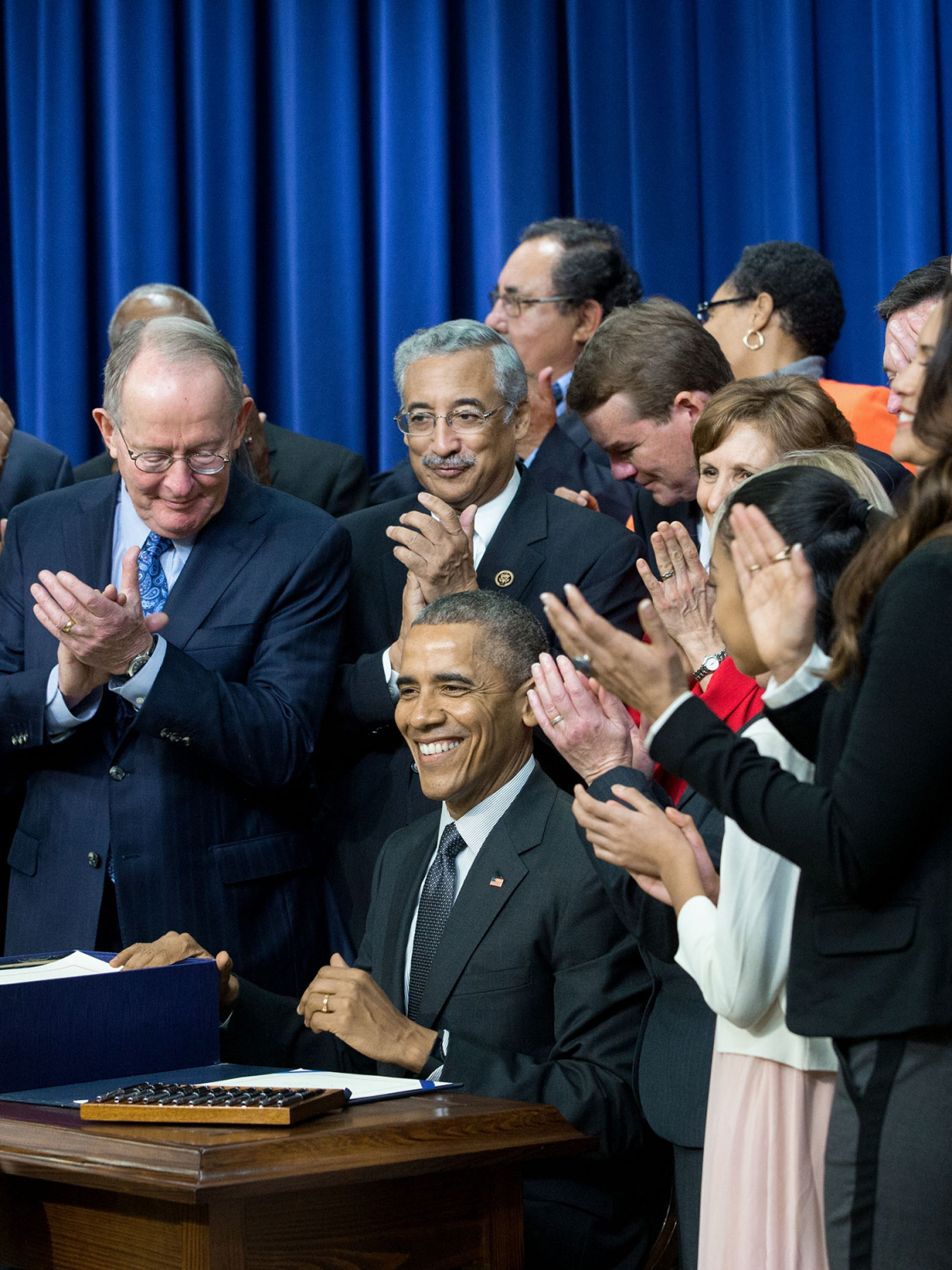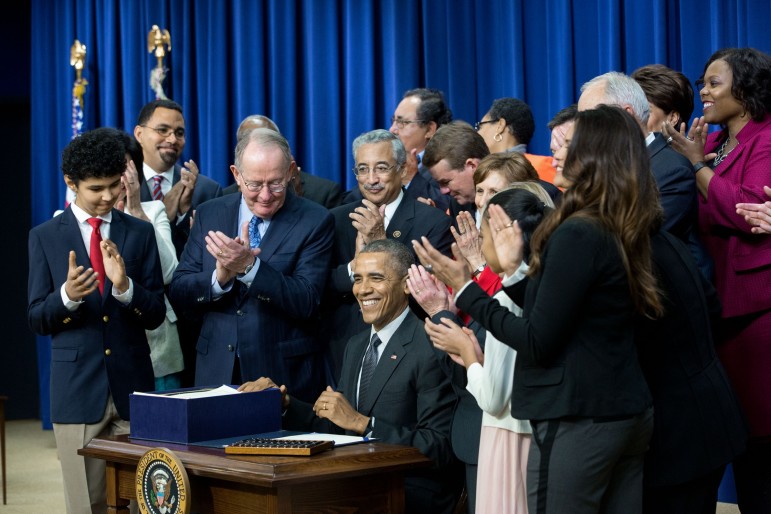As the Every Student Succeeds Act goes into effect, out-of-school time providers could have a new opportunity.
A provision of the law requires more stakeholders to be consulted when states are creating their Title I plans. The law requires “meaningful consultation” with parties that could range from governors and state legislators to parents, teachers and out-of-school time providers.
“After-school folks can’t be shy,” said Ellen Fern, managing director of the public affairs consulting firm Washington Partners, which advises the advocacy group the Afterschool Alliance.
“Look for opportunities to be a part of the planning process as the new law is put into place,” Fern told providers in a webinar offered by the Afterschool Alliance last week.
“It is mandatory [in the new law] that more stakeholders are there at the table,” she said.
The Afterschool Alliance promotes access to before-school, after-school and summer learning programs for kids.
Fern noted that the Every Student Succeeds Act encourages partnerships with community-based organizations.
“If you’re at the table, explain what your organization can do to help reach Title I goals,” she said in the webinar. “That’s an opportunity for you.”
Putting the law into practice
The law retains 21st Century Community Learning Center funding but makes some changes in implementation. Providers who receive these grants will have to transition to the new policy, with guidance issued by the Department of Education.
“There is confusion about transition dates,” Fern said. “I believe the big anxiety is around transition.”
Erik Peterson, Afterschool Alliance’s vice president of policy, said the Department of Education is working on coming up with the guidance that states and school districts will need to comply with the new policy.
In general, the new law strengthens school-community partnerships and encourages hands-on, experiential learning, he said during the webinar.
[Related: How After-school Programs Can Impact Kids’ Screen Time]
It encourages “innovative ways to engage students that are different from the school day,” Peterson said.
“In some ways, the law is catching up with what is happening on the ground,” he said. It supports a variety of ways for students to learn and lays the groundwork for competency-based learning, which many states are experimenting with.
The new law also creates entities to provide training and support to grantees and program providers. It lets agencies work with intermediary organizations for professional development and quality improvement.
“It will help full-service community schools strengthen their network of social services,” Peterson said.
STEM (science, technology, engineering and math) programming is encouraged, said Anita Krishnamurthi, Afterschool Alliance’s vice president for STEM policy.
“There are more opportunities for STEM and after-school across the new law, but fewer pots of dollars dedicated,” she said in the webinar.
For example, the Math Science Partnership program, the only Department of Education program that focused specifically on STEM, was cut, but the language authorizing the 21st Century Community Learning Centers encourages STEM programming, according to the Afterschool Alliance. STEM activities are encouraged as part of other programs, including the Student Support and Academic Enrichment Grants, according to the Alliance.
The act also requires states to set aside funds to promote family engagement in children’s education.
“You should be looking out for opportunities around family engagement efforts,” Fern said.
She said states will be setting up entities to develop best practices in this area.
She pointed out other possible areas of interest for after-school providers.
- A new literacy program will be set up to reach children from birth to 12th grade in Title I schools.
- The Youth Promise program helps states and school districts work with harder-to-reach students, including those who may have been in the juvenile justice system.
- States also may set aside 3 percent of school improvement funds for direct student services to students in the lowest-performing schools. These services could include tutoring, mentoring, Advanced Placement assistance and credit recovery classes.
Social and emotional learning is not directly addressed in the new law, Fern said, but provisions of the bill should let states continue to support it.
More related articles:
Ferguson Puts Chess in Schools to Help Students
Education Bill Would Preserve Dedicated 21st Century Community Funding
‘Maker Movement’ Brings New Energy to Out-of-School Science and Art































